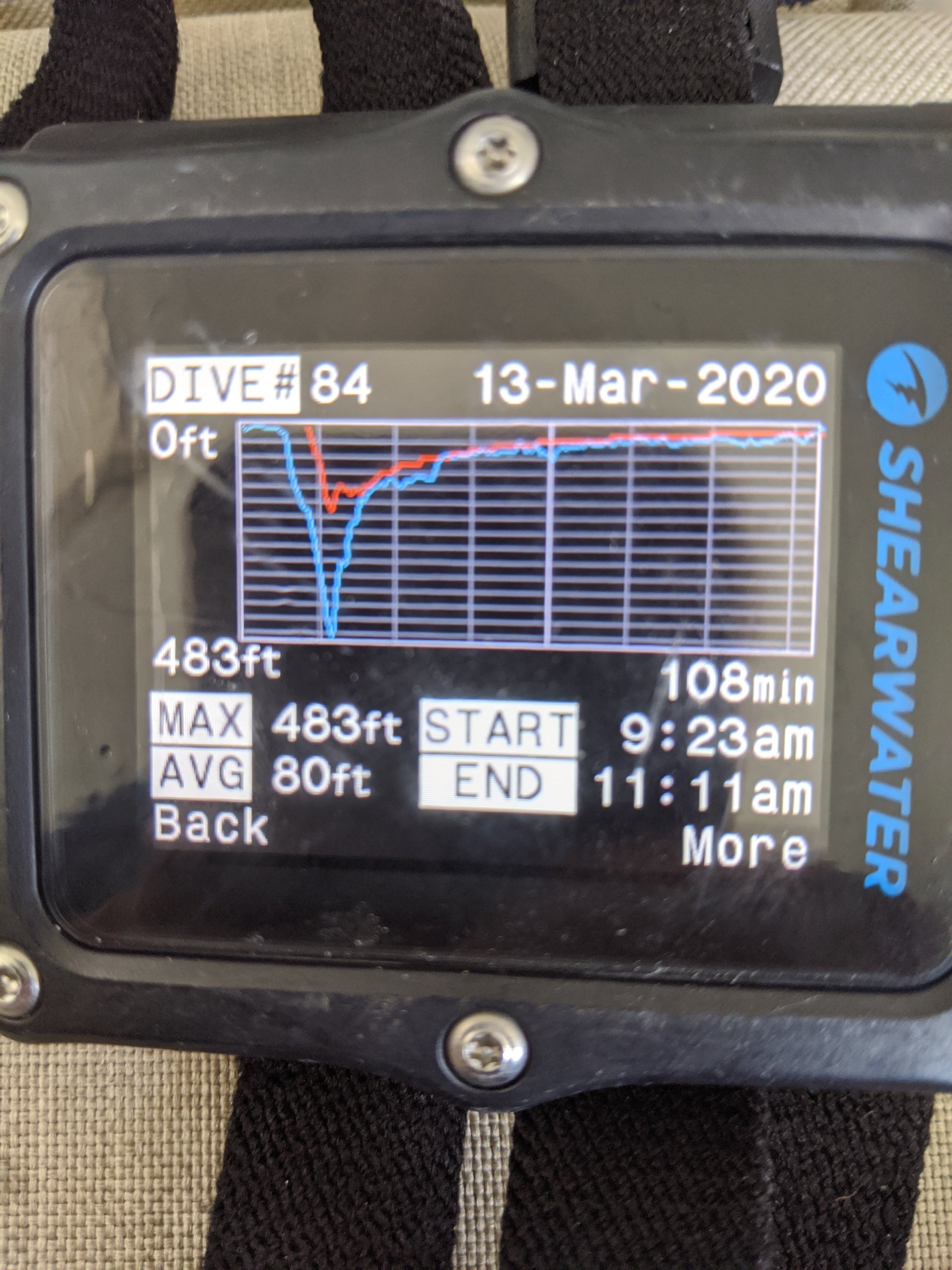silent running
Contributor
Disinterested third party here, but intrigued by RB's, so following this thread.
Why the focus on testing? I understand the need for EN testing for EU sales, and why that interests a potentially large number of divers.
Honest question though..I'm not trying to start a personal battle here, but genuinely curious. Why is @Superlyte27 's experience seemingly being ignored? Again, I've never even seen an RB in person..but he sounds pretty well qualified to make subjective comparisons to me?
My mind defaults to firearm suppressors. A lot of people put a LOT of stock in test numbers. Lower dB tests mean it's a quieter silencer, therefore better. But the testing standards don't look at tonality, length of impulse, etc. and so there are numerous cases of a factually "louder" silencer being consistently perceived as being considerably quieter than a factually "quieter" one by subjective observer/user input.
Once again, no clue here and no dog in this fight, but are whatever WOB tests that exist really that much better than subjective, experienced user input? I really am curious, and not trying to suggest anyone here is wrong.
No one is ignoring anyone’s subjective experience. But the word “subjective” is key, especially when it comes to life support equipment. Testing removes subjectivity and establishes limits for safe performance.
As you are unfamiliar with RBs, the main issue with work of breathing (WOB) is what happens during periods of high exertion, and how much CO2 either bypasses the scrubber and/or is retained inside the diver’s body. A high partial pressure of CO2 triggers the respiration cycle to drastically increase, which then causes panic so bad it’s actually paralyzing, enough that most people can’t even bail out to open circuit. Additionally, some people’s bodies are more tolerant of retained CO2 than others, further necessitating baseline standards for scrubber efficiency and WOB. Hypercapnia is a big deal and has been implicated in fatalities.




